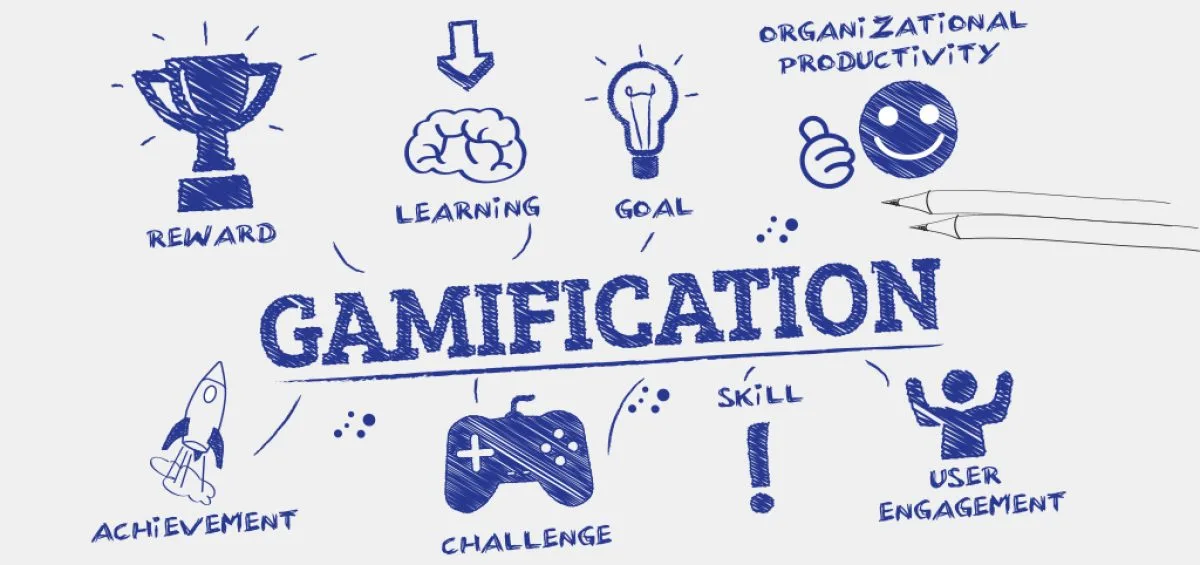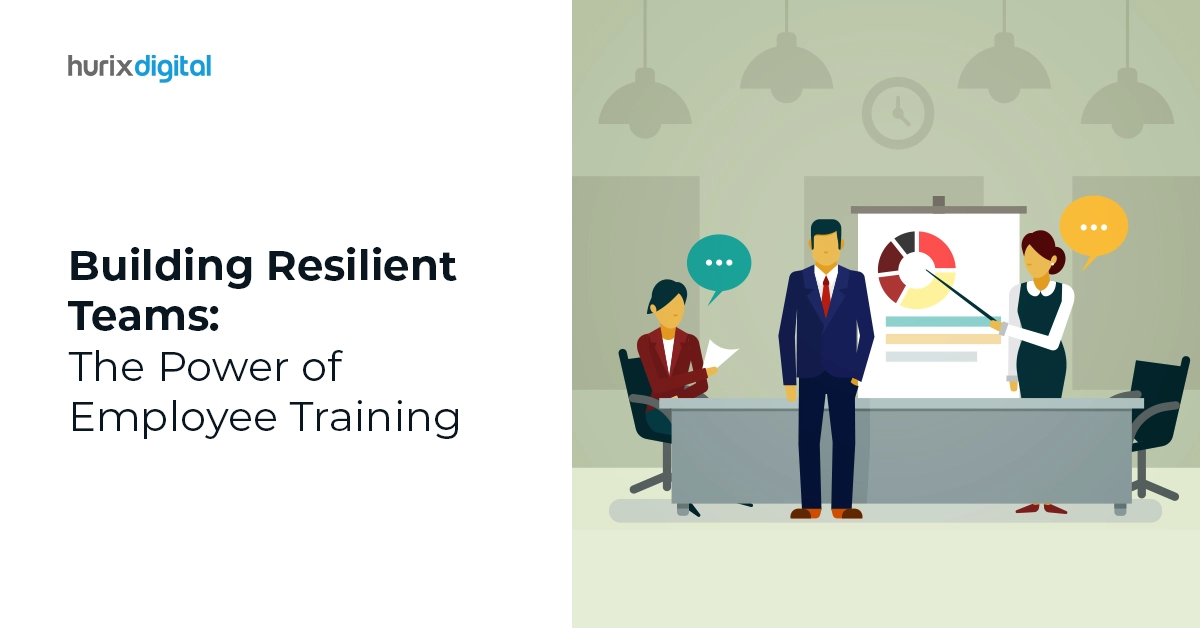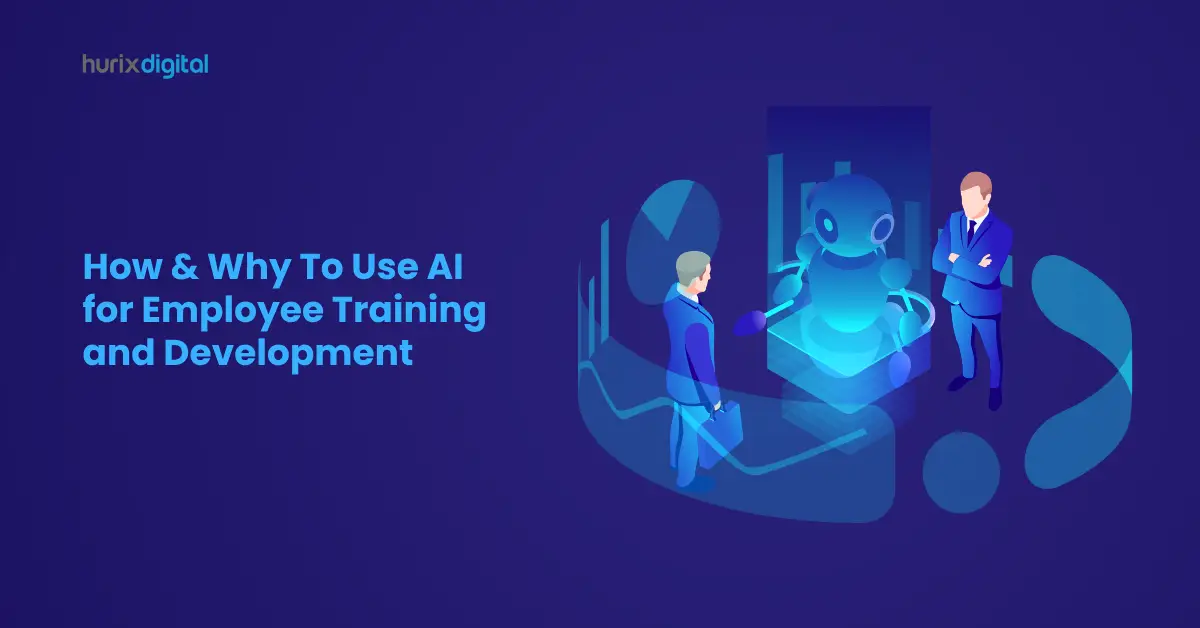Summary
The blog post presents a comprehensive checklist for incorporating gamification into corporate training. It covers key aspects such as defining learning objectives, selecting gamification elements, designing engaging game mechanics, integrating rewards and feedback systems, and evaluating the effectiveness of gamified training programs.
There are several advantages of gamification in corporate training and learning. As is obvious from the name, gamification traces its roots to games; however, unlike games which are primarily meant for entertainment and recreation, gamification includes several end goals and well-defined paths with several milestones to help learners achieve these goals. Gamification adds a fun element to learning and provides learners a more immersive and engaging experience. At the other end of the spectrum, it also provides a safe learning environment, allowing you to practice skills in a simulated environment and thus avoid mistakes that could cost you dear in real-life settings. Gamification is extensively being used in the healthcare industry and defense and is gradually spreading to all industries and becoming an integral part of corporate training.
In the corporate context, gamification refers to the addition of game mechanics into a non-gaming environment or functions such as a marketing campaign, customer service, business process, or website to encourage active participation from a target audience. The ever-increasing market of smartphones and the availability of various social media platforms have further fuelled the growth of gamification, allowing companies to engage with their audience. More and more organizations are, therefore, taking the gamification in corporate training route to increase learning outcomes, improve customer loyalty, and boost their brand loyalty.
Globally, the gamification market was valued at $ 6.8 billion in 2018 and is forecast to grow at a CAGR of 32% to reach $ 40 billion by 2024. Gamifying corporate training has several advantages but as is the case with every new technology, it is important to do some ground work and understand your goals for gamifying your corporate training and then take the plunge.
Here we provide a checklist to effectively introduce gamification in corporate training and make learning more exciting for your learners.
- Break Your Content into Small Nuggets: In a world challenged with decreasing attention spans, you can no longer bombard your learners with hours of eLearning. The trick is to break your lessons into small nuggets, normally 3 to 5 minutes in length, such that each nugget is complete in itself and provides all the necessary information related to the subject under discussion but with no extra information to divert attention. Besides addressing the challenges of the attention span, these nuggets are easy to store, access, and digest while on the move and so perfect for a mobile-first audience.
- Create a Storyboard: Once you break down the content into small nuggets, create a storyboard for the gamification of each nugget. The whole purpose of gamification is to make storytelling more engaging and immersive, so make sure to add relevant features such as points and badges to keep the learners motivated enough to move through their learning journey. It’s a good idea to add levels such that a learner can progress to the next only when they have fully mastered the existing one. Also, provide scope for trial and error because this form of learning provides the best outcomes. While creating the storyboard, create a main theme such that each nugget is a subplot that adds to the main story.
- Decide on the Media Elements to Use: Gamification includes the use of a vast array of media elements such as audio, video, graphics, animations, virtual reality, and augmented reality. Understand your audience and your corporate training goals before deciding on the media elements to bring your learning modules to life. In case your corporate training goals are to improve the selling skills of your sales team, you might want to consider Augmented Reality/Virtual Reality to allow them to practice in virtual settings so that they avoid mistakes in real market situations. Then again, for employees on the move, audio files would work better. A thumb rule is to use media options that add value to the lesson and are not bells and whistles that divert attention.
- Focus on Rewards & Recognitions: One of the most significant benefits of gamification of corporate training is that it encourages self-learning. Make sure to add rewards and recognitions at each level of the learning curve. These recognitions can be in the form of points and badges at the initial level and then translate into rewards such as gifts and vouchers as learning becomes more complex. The learners should be able to see their scores and be motivated to increase their average scores. You can also surprise learners with bonus points or rewards when they overcome an especially difficult obstacle.
- Make Rewards Sharable: Make the most of social media by allowing your employees to share their rewards and recognitions in the form of badges and certificates on their social media sites and internal company intranets. Gestures such as these go a long way in boosting self-esteem.
- Promote Team Work: Gamification in corporate training is not just about individual learning but is a great tool to encourage collaboration and teamwork. As in games, gamification can include two or more teams competing against each other and this provides a platform for groups to pool their skills, collaborate and work towards a common goal, that is, to win. Having said that, good gamification in corporate training also helps to build empathy between each team player and does not promote cut-throat competition. Create pressure but avoid the overkill.
- Add Branching Scenarios: By using gamification in corporate training, you can ensure that learning is not just a one-time activity but a continuous journey. One way to achieve this is to add role-playing or branching scenarios so that if the learners cannot meet a challenge successfully, they can branch off, explore and then find their way back into the mainstream.
Related: 5 Effective Strategies for Gamification at Work
Related: Is Gamified Learning More Effective in the Modern Workplace
Conclusion:
Gamification is an exciting tool to enliven your corporate training and achieve more successful outcomes. It tells an immersive story in which your learners are the main characters who are edged on by situations and clues to find their pot of gold at the end of the rainbow. With this said, it is important to get it right and ensure that it has the right story, supported by the right media elements to meet your corporate training goals.
Related:
Gamification – The Secret Sauce for Employee Engagement?
Everything You Must Know Before Selecting Gamification Services











